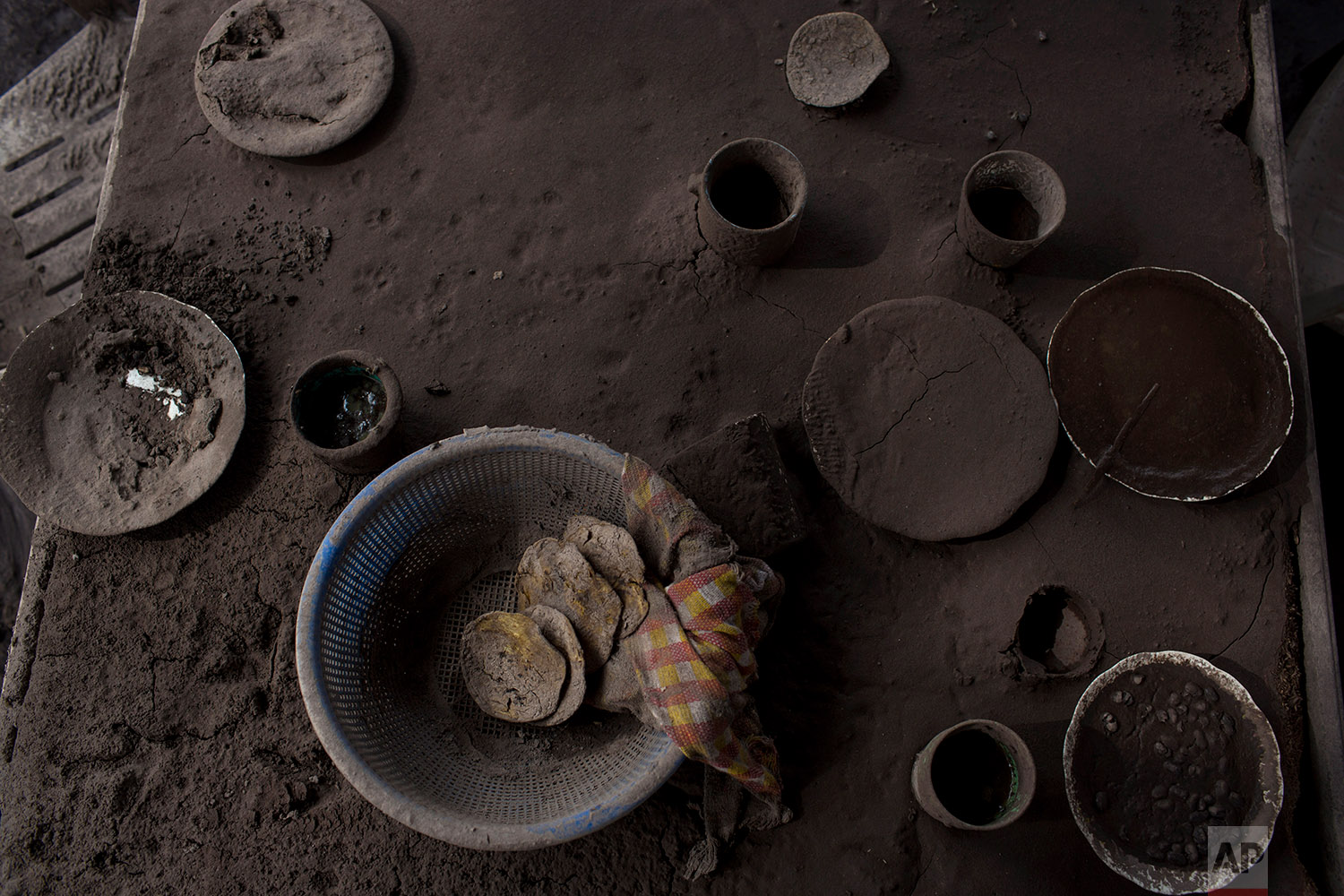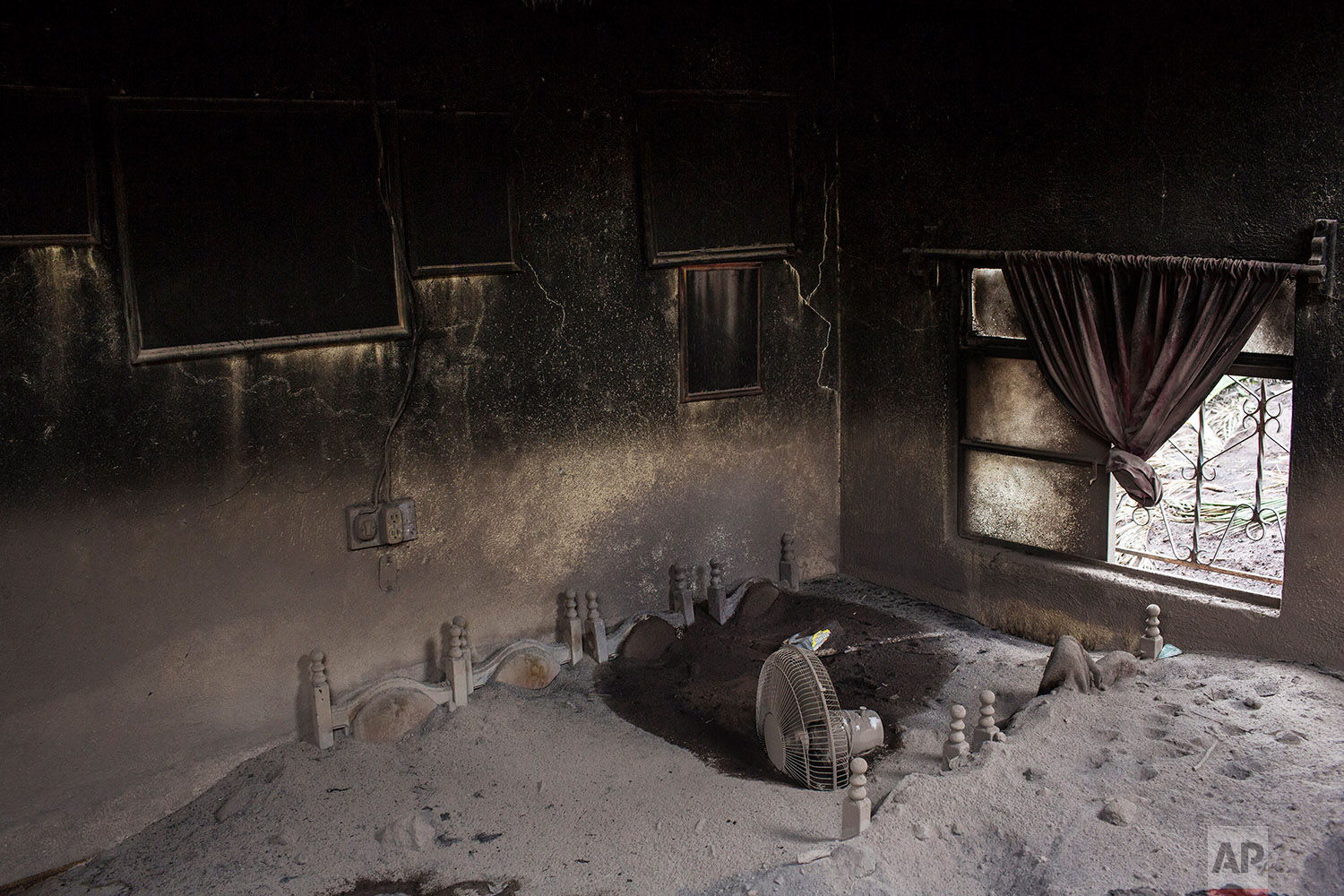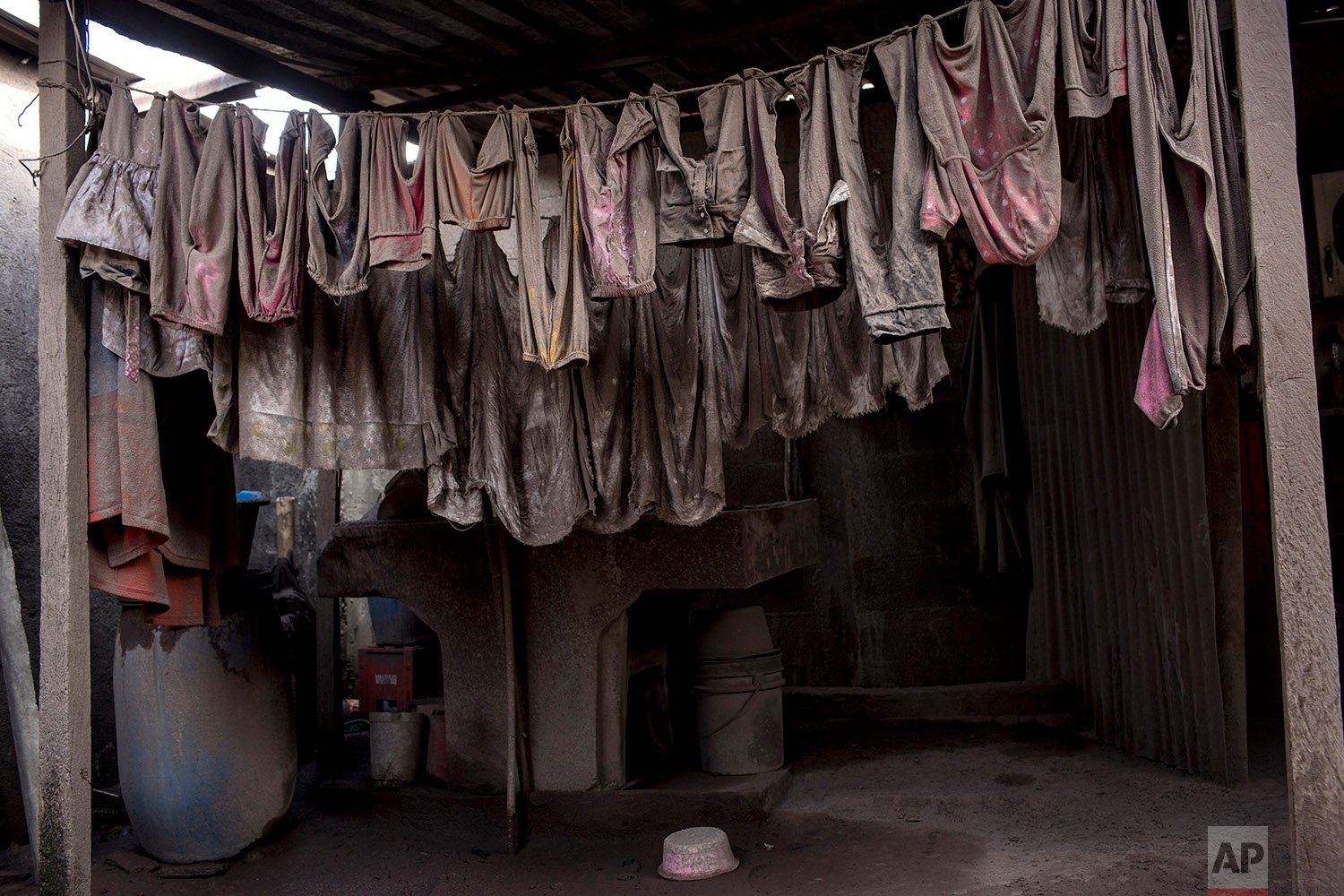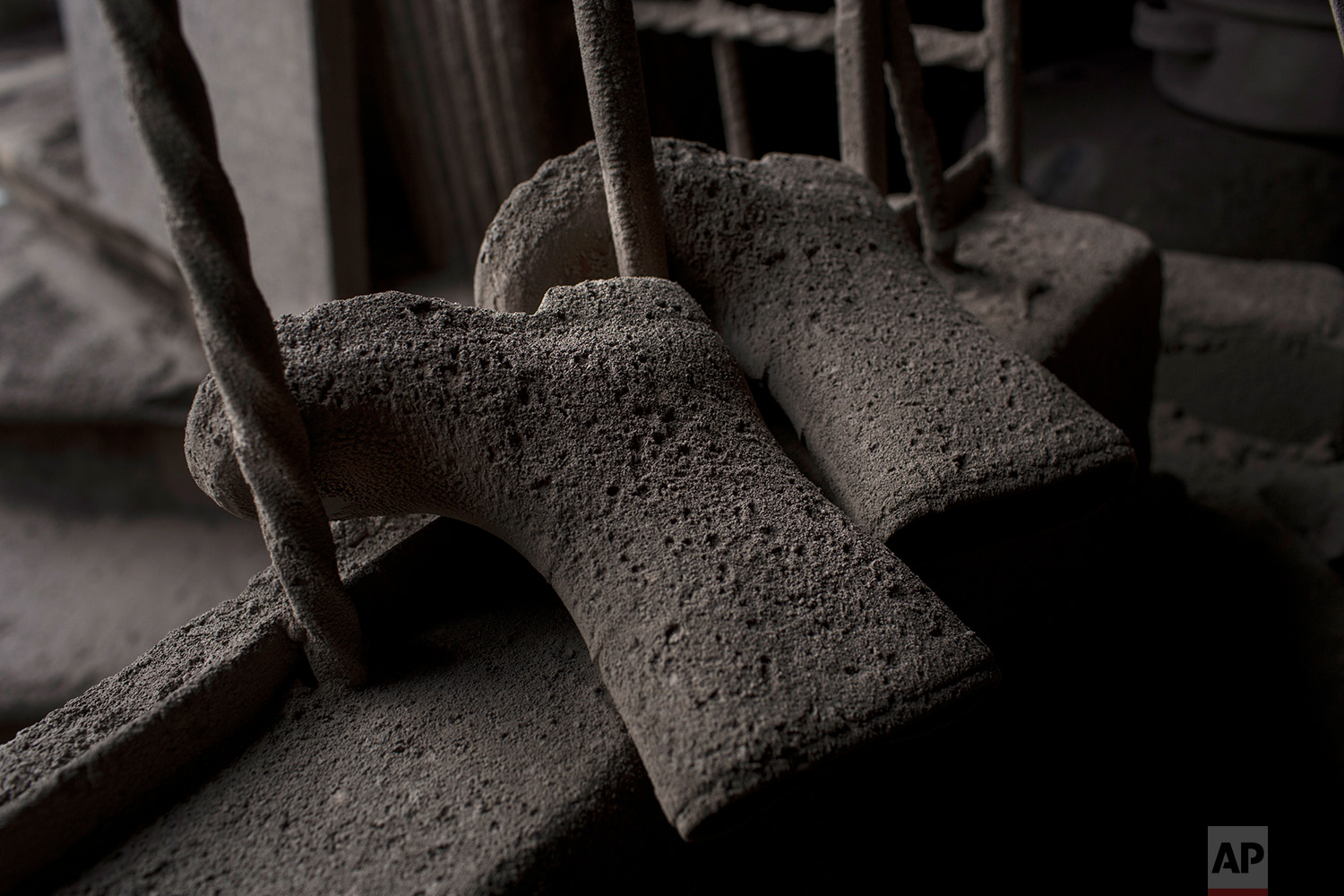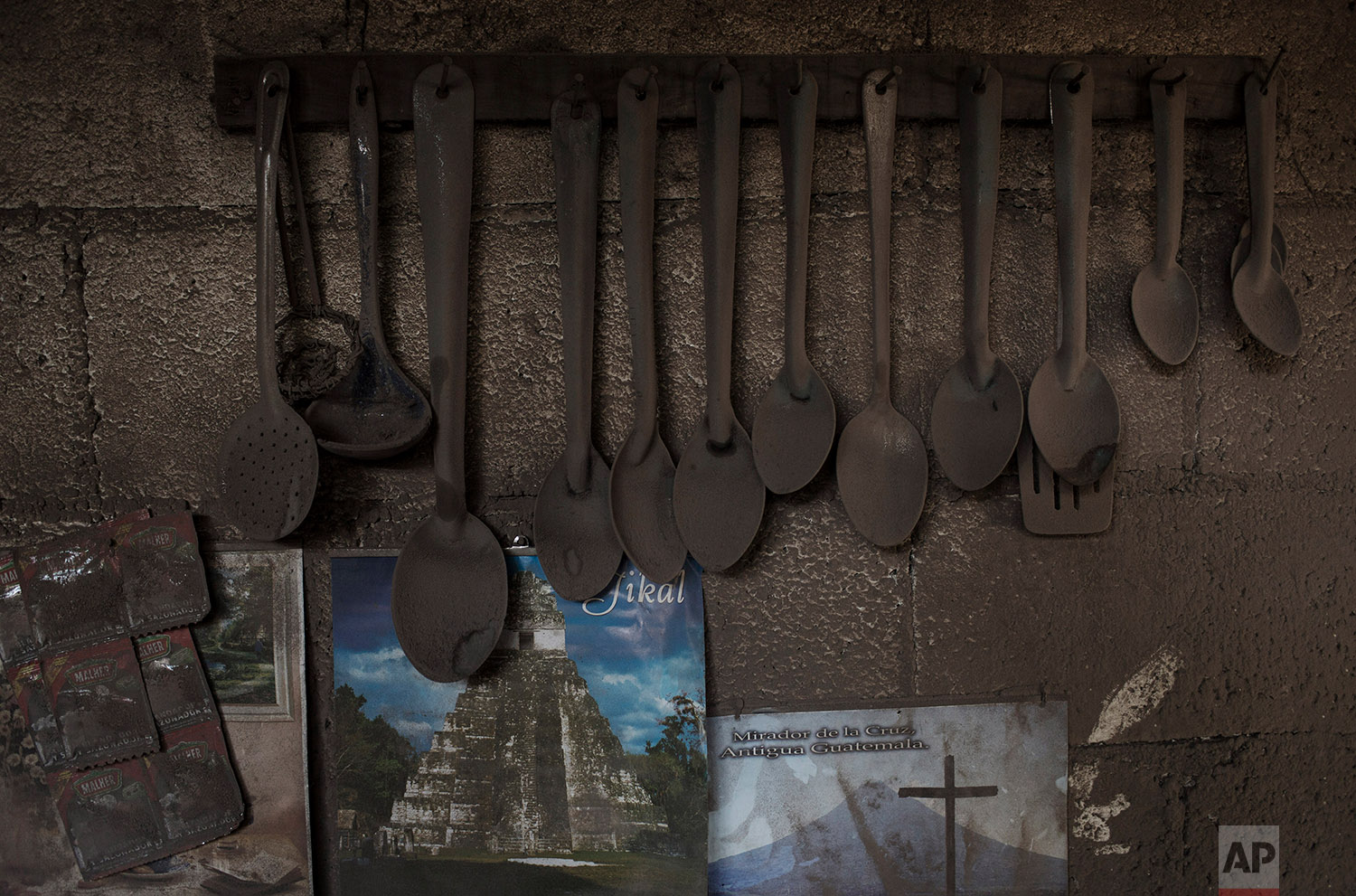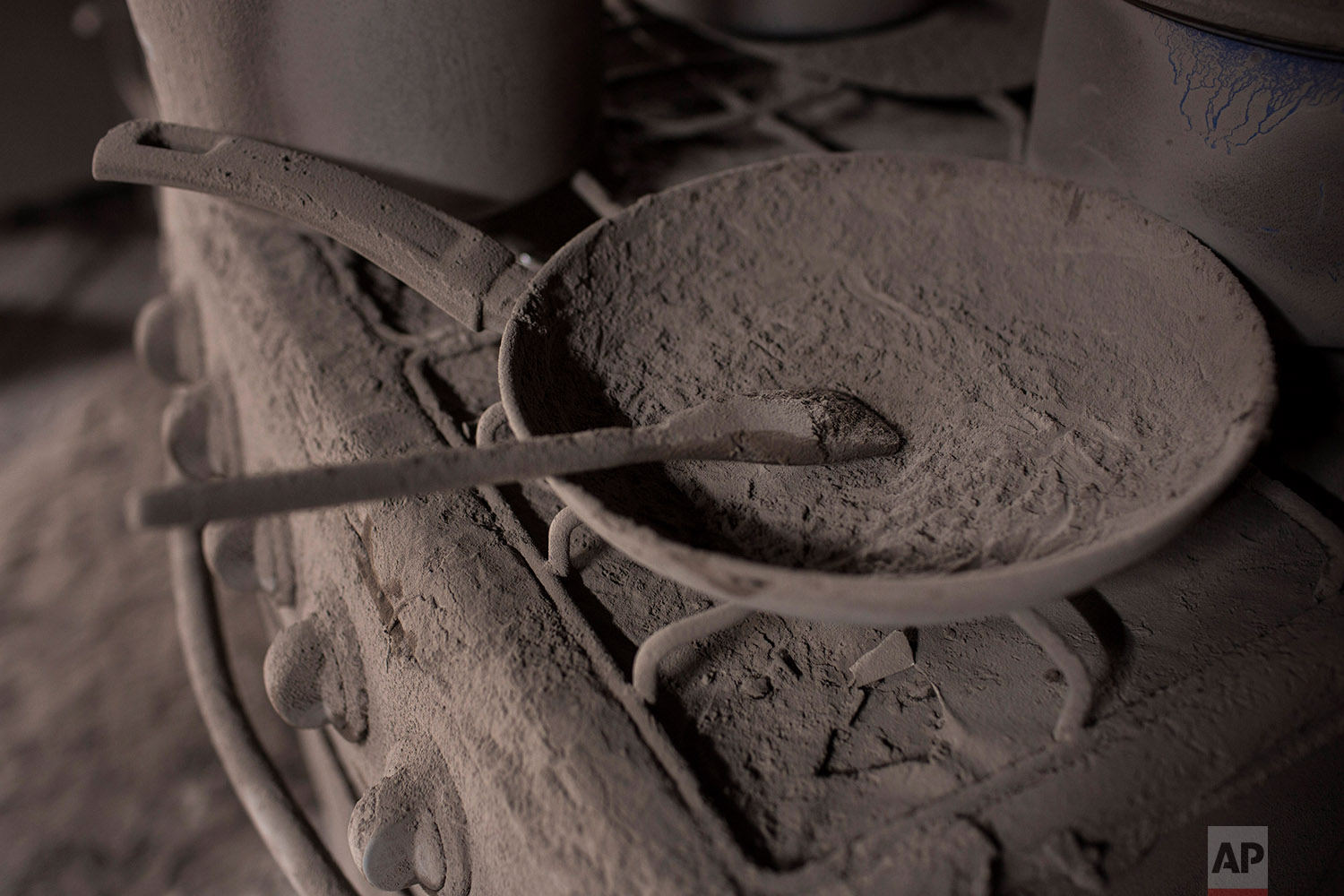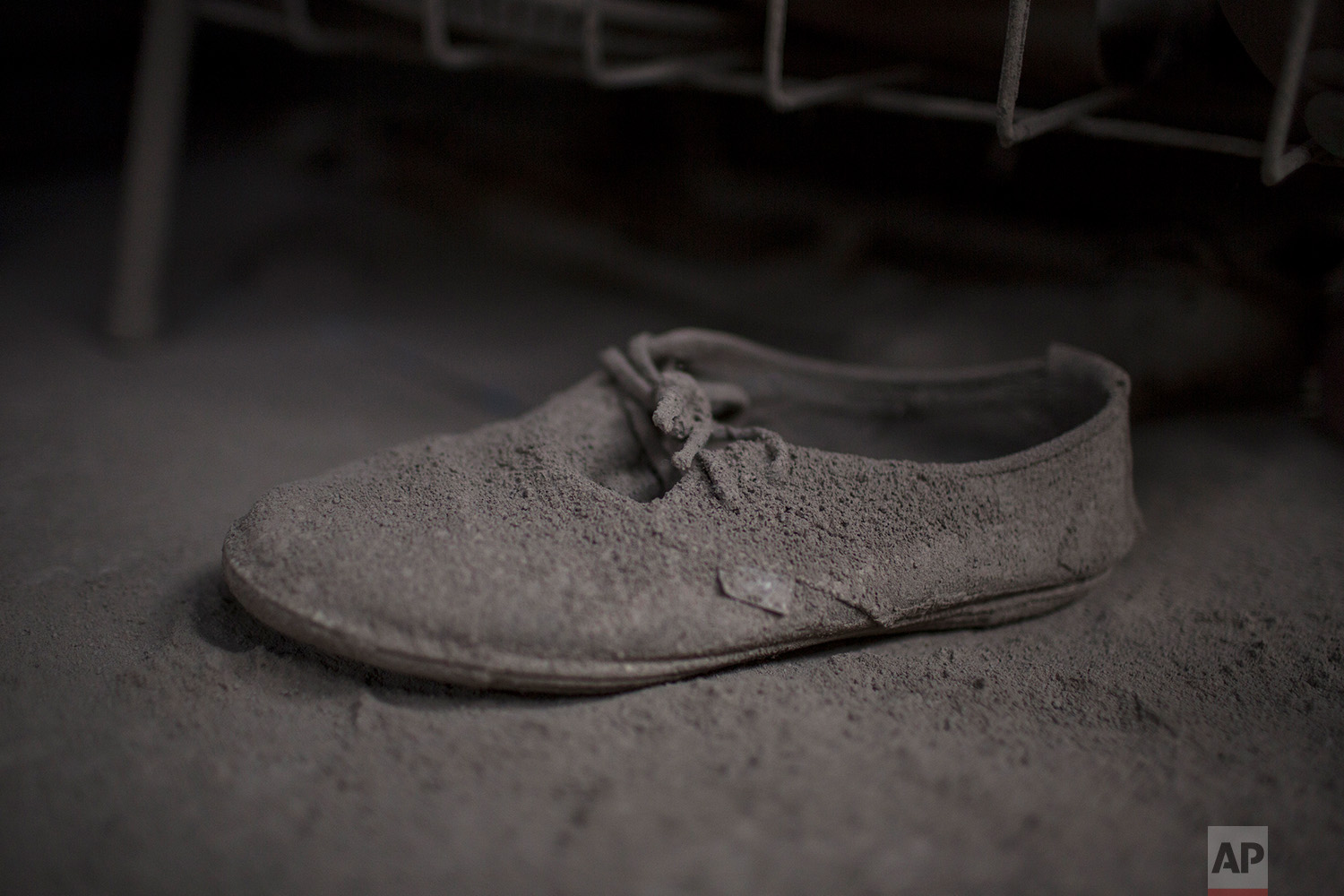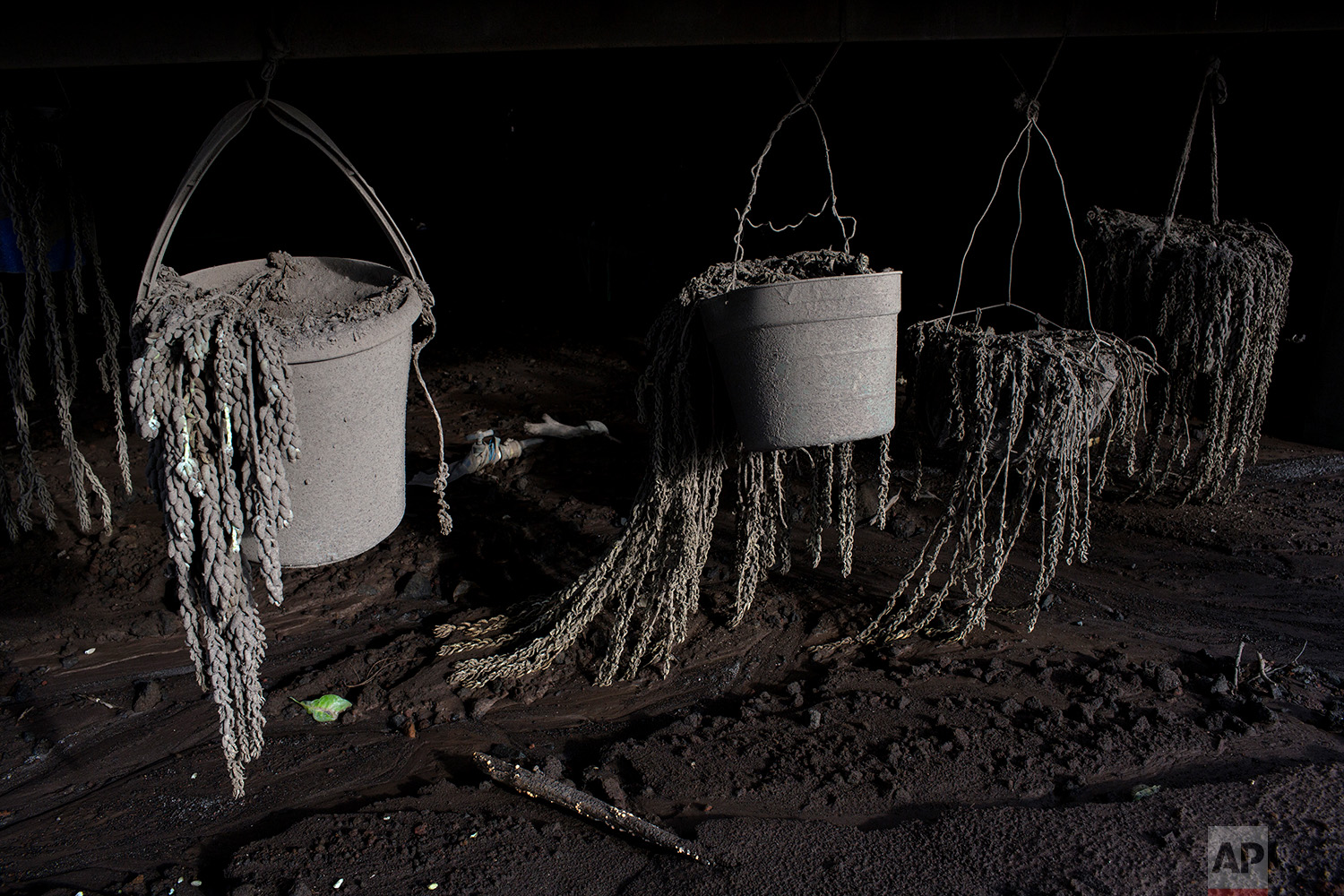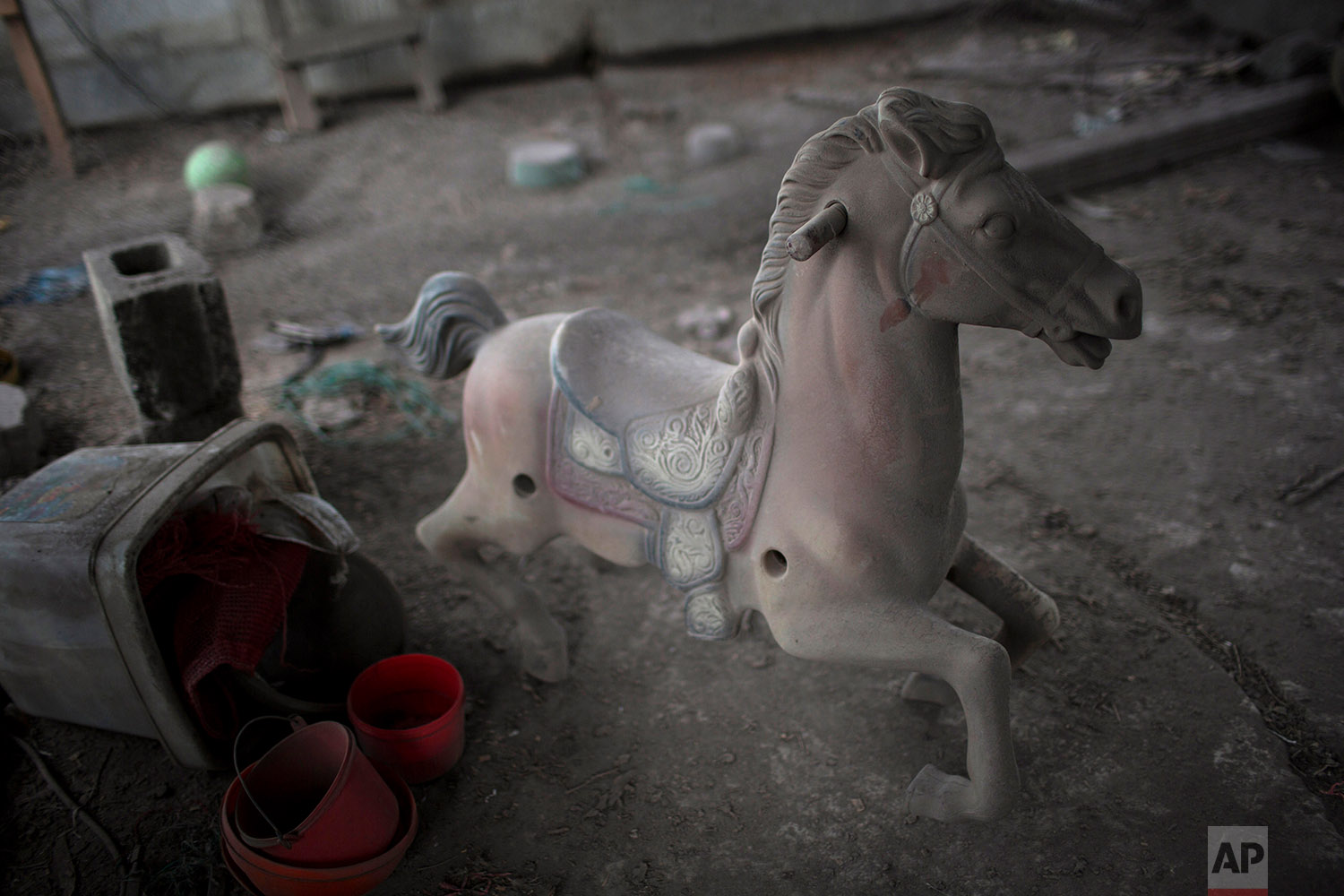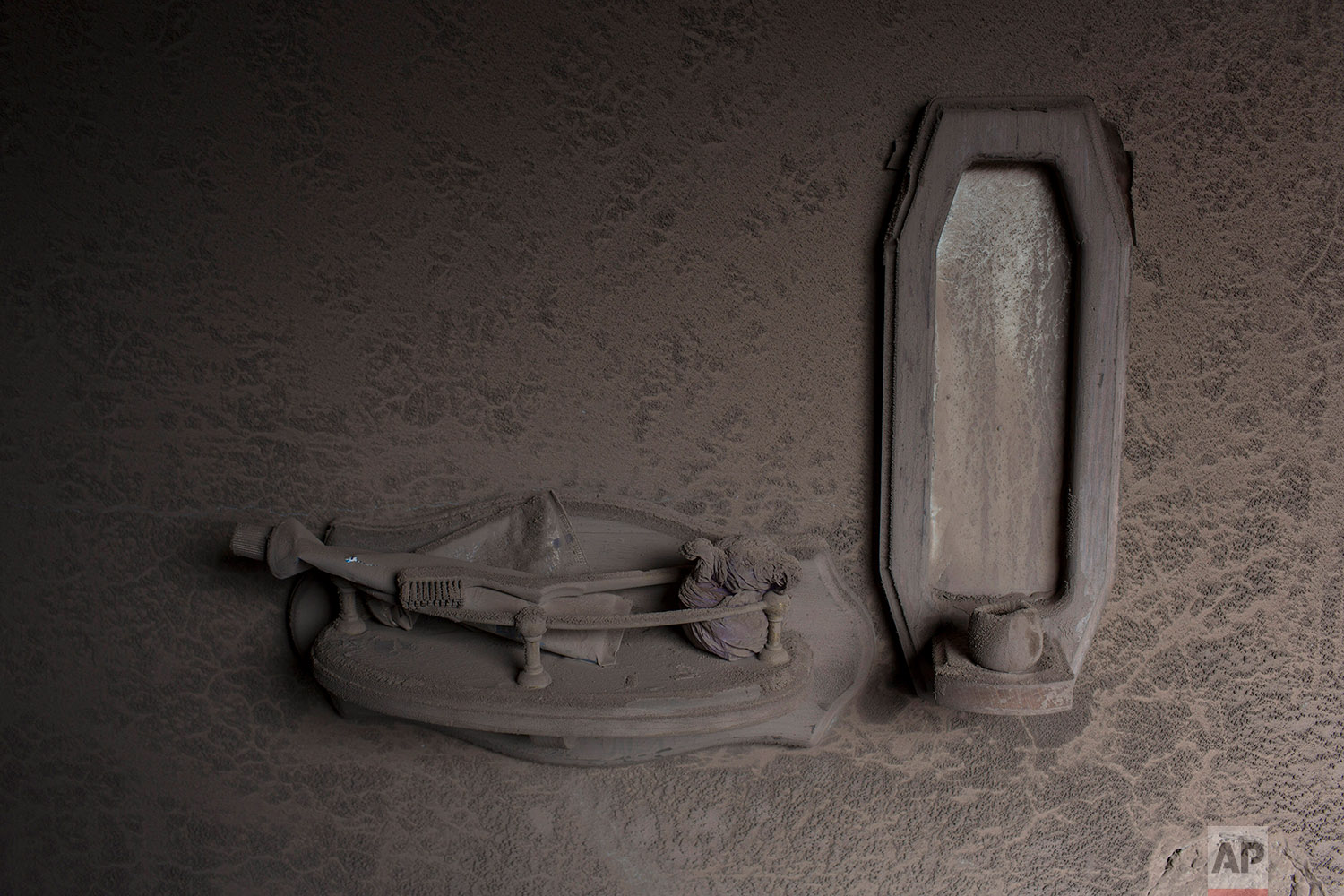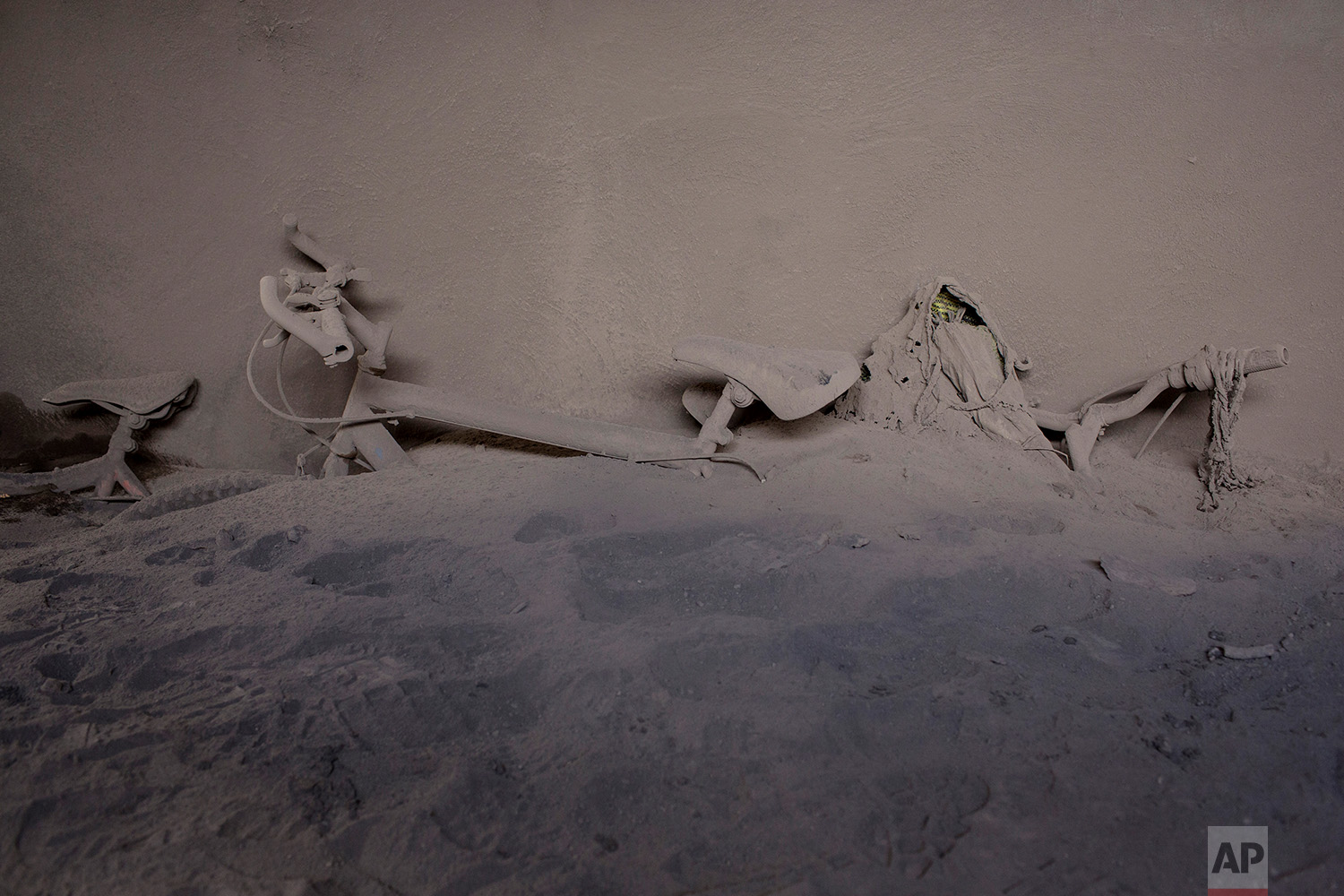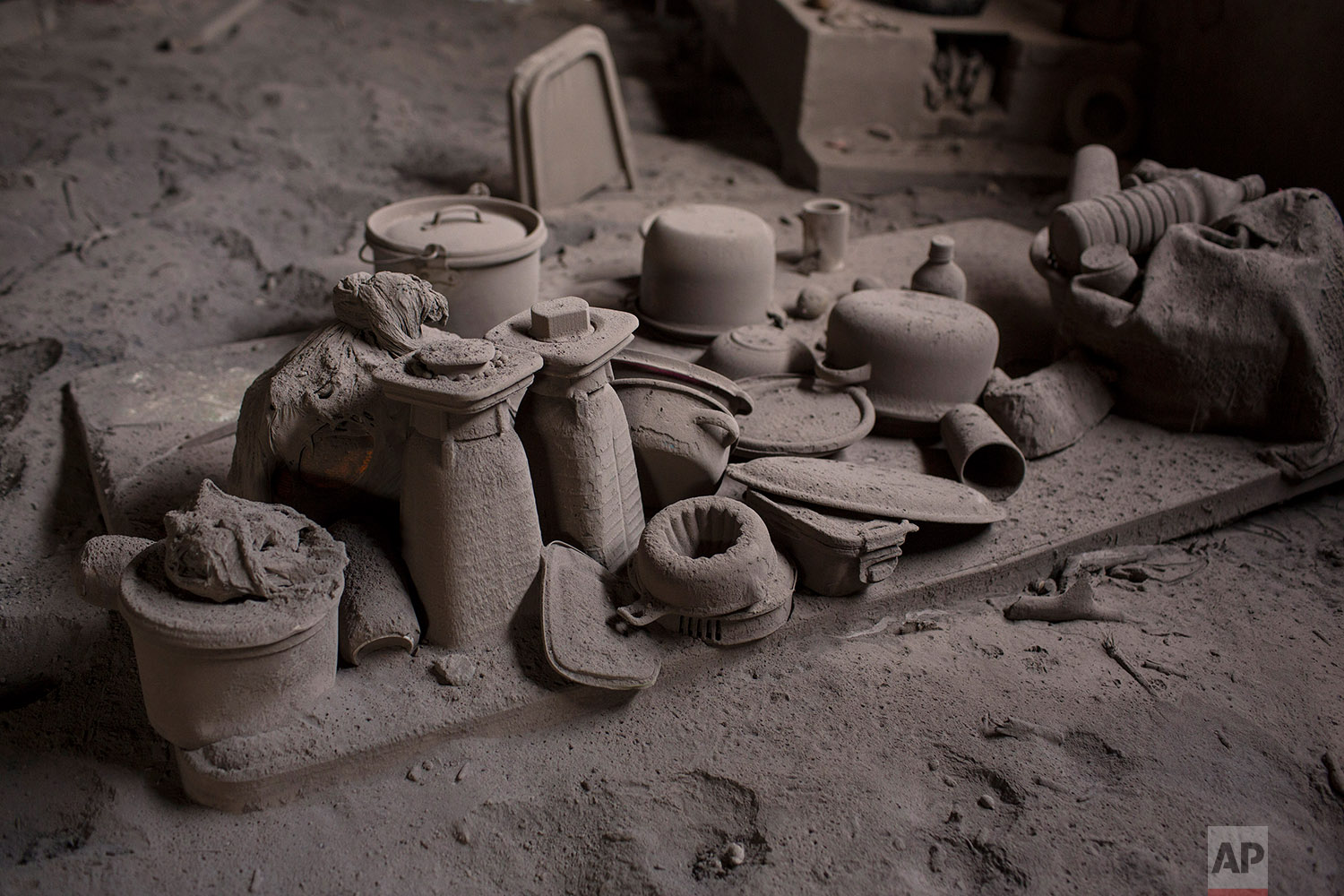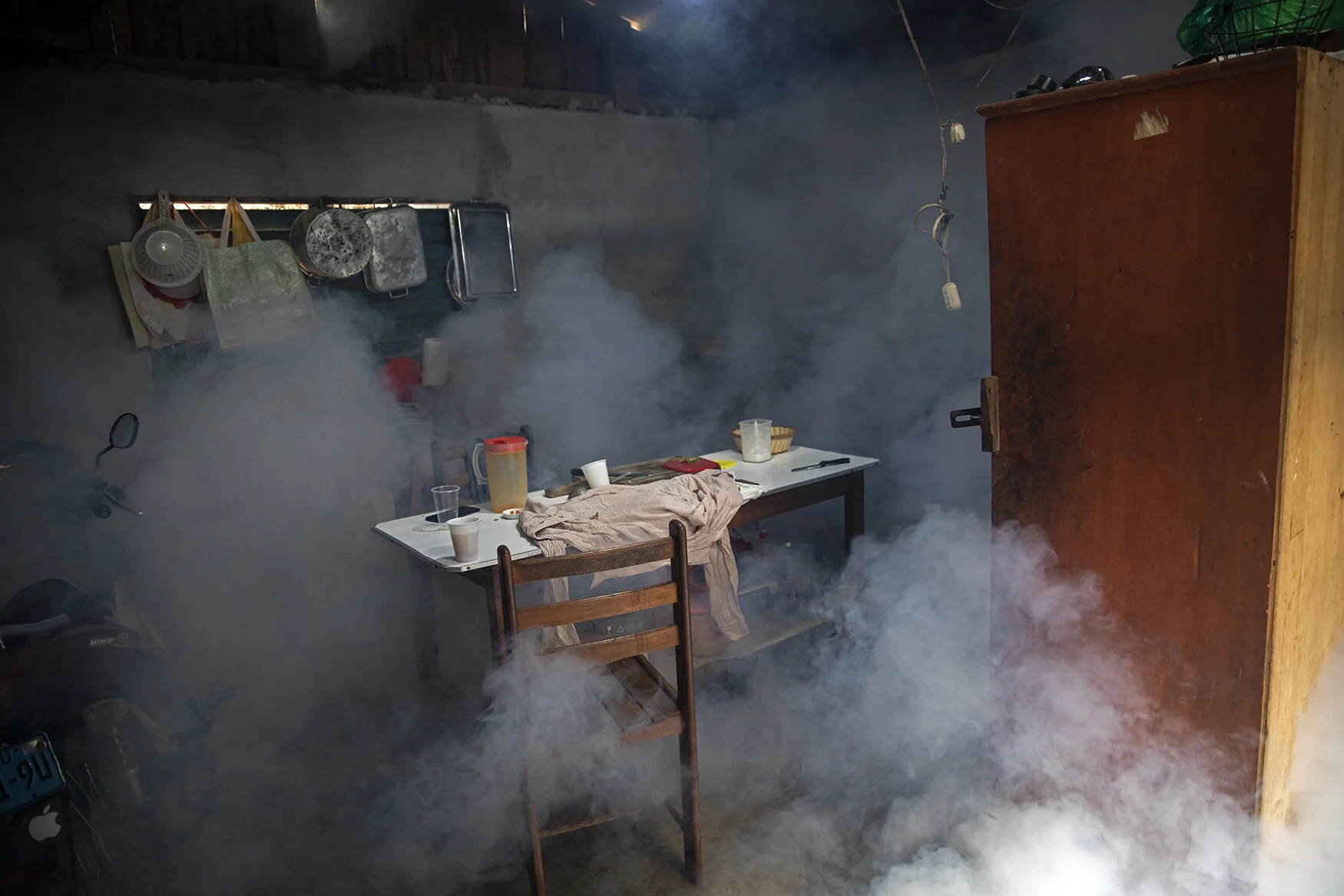Traces of life under the ash
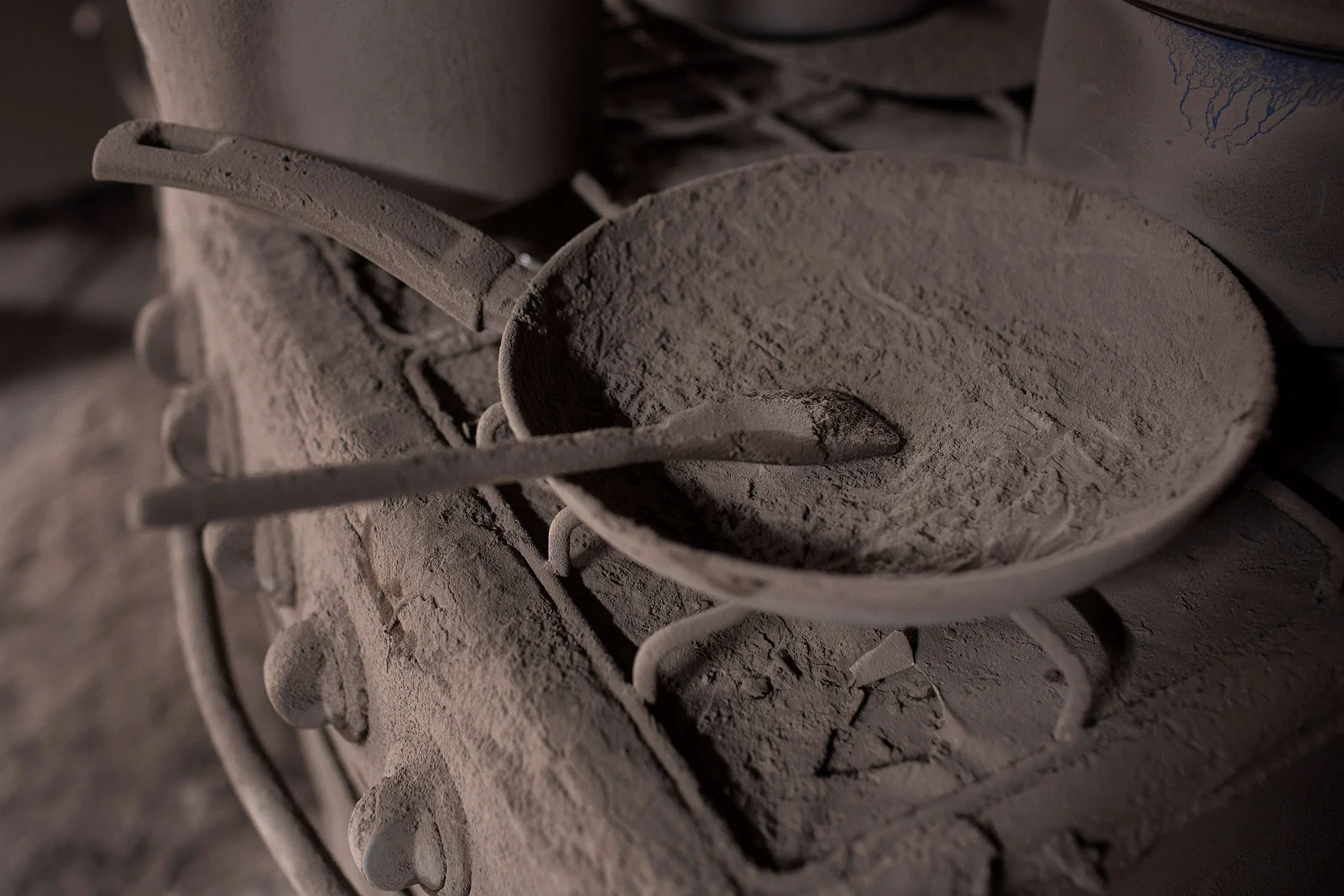
June 3 was a typical Sunday in the hamlet of San Miguel Los Lotes, with residents engaged in usual weekend activities.
Walking through the hamlet, you can imagine boys playing soccer, mothers warming tortillas on a griddle, grandparents watching television, youths riding bicycles on the unpaved streets and children helping their mothers hang clothes out to dry before the seasonal rain began later in the afternoon.
Forty-nine-year-old Elmer Vazquez was one of those out walking that day, looking at his garden plots, when he heard the first explosion from the Volcano of Fire at 1 p.m. At that hour, his wife would be back at the house cooking lunch for when he returned, and their five children would be at home too, finishing their homework for Monday's classes.
But all that was to end in a huge wall of hot ash that was descending the mountain; Vazquez tried to get back home, without success.
The town was quickly buried under a wave of hot ash, rocks and debris, creating a scene of death and desperation.
But strangely, some signs of that calm Sunday morning were frozen in time under the ash.
In one house, a skillet and spatula are still posed on a stove, now filled with ash.
The remains of a typical breakfast in rural Guatemala — a basket of tortillas, a bowl of beans, mugs of coffee — are still laid out on a table, all covered with dark, gritty volcanic ash.
A bicycle, a truck, a fan, beds, chairs, refrigerators, a stove — all buried under ash, which in some places drifted 10 feet (3 meters) deep. In other places, such as inside some more protected homes, the blanket of ash can range from a few inches (centimeters) to a foot or two.
The traces of the inhabitants — a toothbrush left out, or hanging baskets of plants — speak of people who will never come back.
Read more about San Miguel Los Lotes in the AP News story, Guatemala town destroyed by volcano thought it was safe, by Mark Stevenson.
Photos by Rodrigo Abd

